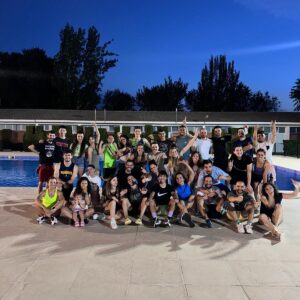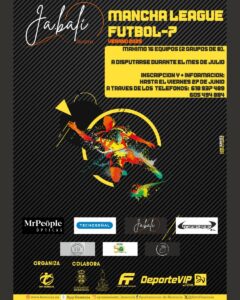Herencia (Ciudad Real) has undertaken cleaning and maintenance of the stork nest located in the bell tower of the Church of the Immaculate Conception. This initiative, coordinated with the parish, has a twofold purpose: to protect our heritage and to ensure safety in a notable urban landmark where the presence of storks is part of the local landscape and memory.
Although it is a relatively simple technical task, its significance is clear. In historical buildings, the accumulation of materials at height—such as branches, plant debris, or elements carried by the wind—can lead to issues like excess weight, leaks, or small detachments that affect cornices, gutters, and stone elements. Periodic maintenance helps prevent incidents and ensures that the coexistence between architecture and wildlife occurs under the best possible conditions.
A gesture of care with community impact
Actions in visible heritage sites, which can be seen from much of the urban center, hold high symbolic value. The bell tower of the Immaculate Conception—an iconic visual reference for locals and visitors—is not just an architectural landmark; it is also the place where many residents of Herencia look up each year to see if “the storks have returned.” Caring for this part of the town effectively means caring for a shared identity.
In this context, the Parish of the Immaculate Conception has announced its openness to collaborations for those who wish to contribute to preserving the site, with the option to make donations at the church or via Bizum, and to resolve inquiries directly with the parish.
Heritage and nature: a planned coexistence
The cleaning and maintenance of nests on towers and roofs align with a general principle shared by Herencia and other towns: to protect biodiversity while ensuring the stability of buildings. Practically, this means:
- Prevention: inspecting critical weather-exposed points and removing debris that may compromise water drainage or create tension in the stonework.
- Safety at height: ensuring safe working perimeters and using appropriate means to avoid endangering workers or passersby.
- Respect for wildlife: acting according to minimal intervention criteria, in compliance with protection regulations and the regular presence of storks in the area.
This is not about “removing life from the landscape,” but about syncing maintenance schedules with the natural cycle and preventing damage that, if neglected, could affect both the structure and the wildlife.
Why is this cleaning important?
Beyond the pleasant image of a nest on the tower, the technical reality reminds us that any accumulation of material at height can lead to compounded problems: retention of moisture degrading mortars and stone, water entering through joints, blockage of gutters, and even the risk of falling debris during windy conditions. Preventive maintenance is less costly and more effective than urgent intervention after damage has occurred.
Moreover, working on the nests contributes to a better coexistence: it prevents undesirable disturbances during peak attendance times at the church or during activities in the plaza and keeps the water pathways and exposed surfaces clean.
An example of local co-responsibility
The cleaning of the nest in the bell tower also serves as a call to co-responsibility. The parish invites all interested individuals to inquire at the church about how to get involved and to spread a simple message: the heritage belongs to everyone, and its everyday care—from not entering restricted areas to respecting temporary signage during work—makes a difference.
Citizens can also assist by providing early warnings when they notice minor issues (leaks, falling debris, blockages) or situations needing technical attention. Experience shows that maintenance is more effective when it is anticipated.
A landscape that watches us
For many families, storks symbolize return and continuity. Seeing them soar over the tower at the start of the year or settle in the nest at sunset is part of a shared emotional memory. Preserving that landscape—the silhouette of the church with its bell tower and the outline of the bird—also means conserving daily stories: photographs from communions and weddings, Sunday strolls, and the gazes of children learning to recognize their town from above.
Thus, the cleaning and maintenance of the nest do not aim to alter that horizon; they seek to protect it. Because a village that cares for its heritage and respects its biodiversity recognizes itself and projects itself into the future with a clear identity.
Frequently Asked Questions (FAQ)
Why is the stork nest in the bell tower cleaned and maintained?
To prevent damage to the structure of the bell tower and ensure a proper coexistence between the historical building and the regular presence of storks, thus caring for the heritage and safety.
Is the nest removed or destroyed?
The approach focuses on minimal intervention and respect for wildlife. The purpose of these efforts is to clean and maintain the nest’s surroundings and the sensitive areas of the tower, preventing humidity problems, excess weight, or blockages.
How can I contribute to the conservation of the bell tower and its surroundings?
The Parish of the Immaculate Conception has set up options for donations at the church and through Bizum. For details (code, hours, and receipts), please visit the parish.
Will there be closures or restricted areas during the work?
Temporary safety perimeters may be in place. It is recommended to respect the signage, avoid approaching the work area, and follow the instructions of staff to ensure everyone’s safety.
Spanish post in convivencia entre patrimonio y biodiversidad










